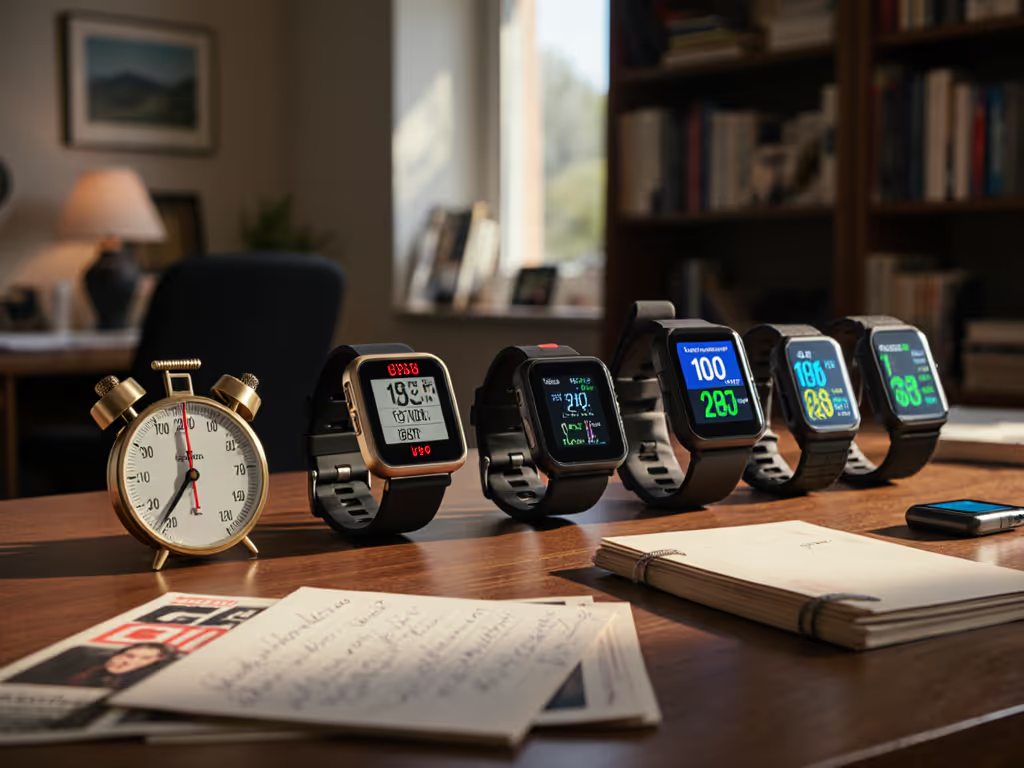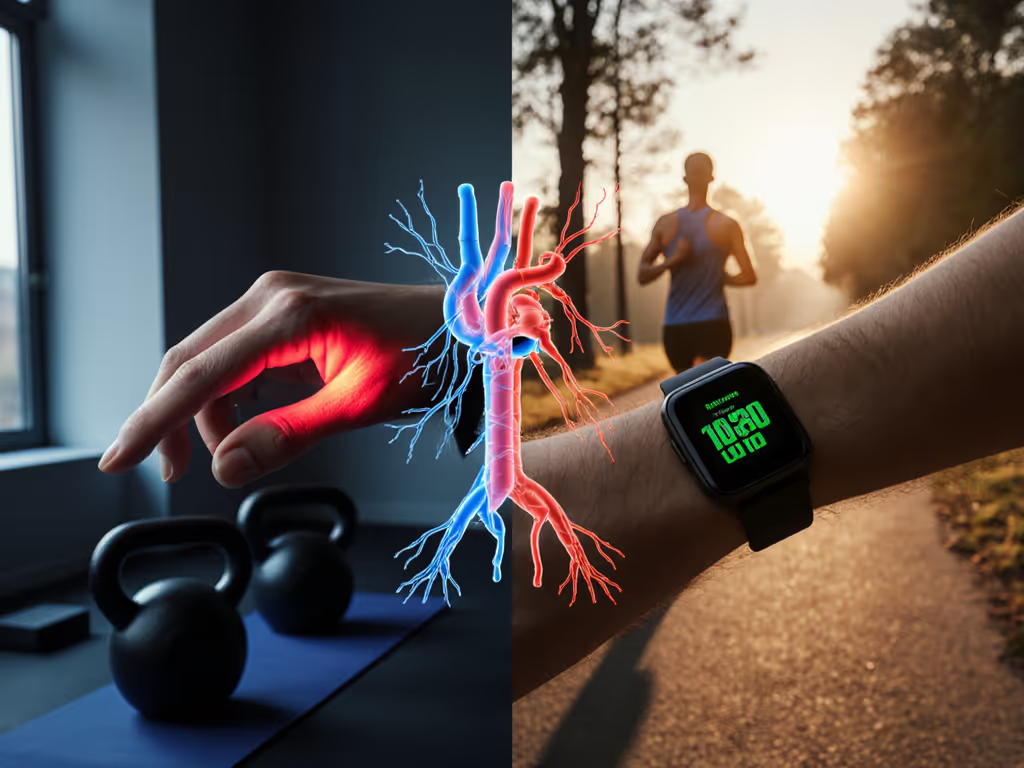
Real-World Step Counting Accuracy: Trackers Tested
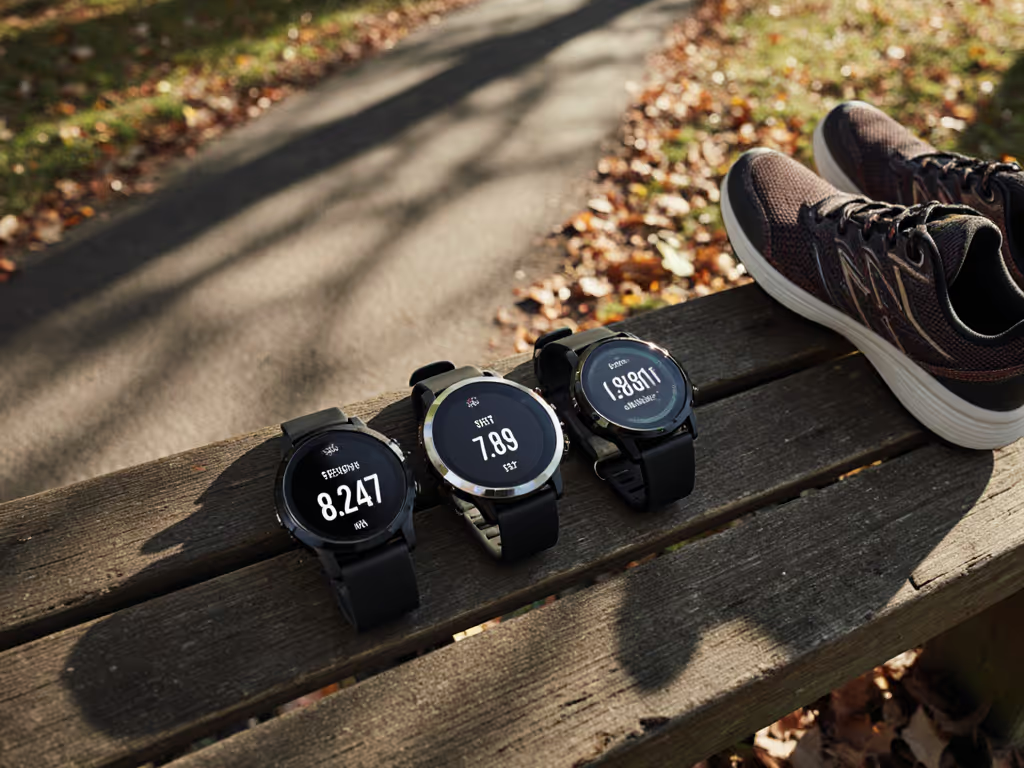
When I first tested multiple fitness trackers across my family's wrists (one premium model and two budget options), we quickly realized something: step counting accuracy varies wildly even within the same brand. This isn't just about hitting 10,000 steps; it's about understanding how fitness trackers count steps in real life versus controlled tests. As someone who prioritizes outcomes per dollar plus an easy exit, I've seen how misleading step counts create ripple effects, including skewed calorie estimates, inaccurate sleep scores, and unnecessary frustration. Let's examine what actually works when you're folding laundry, pushing a stroller, or taking a slow walk through the grocery store.
How Step Counting Technology Actually Works (And Where It Fails)
Fitness trackers use triaxial accelerometers to detect movement patterns that resemble steps. These sensors register acceleration in three dimensions, then apply algorithms to distinguish walking from other arm motions. But here's what spec sheets omit: the same algorithm that counts brisk walking accurately may misinterpret kitchen prep as 500 extra steps, or completely miss the short steps of someone pushing a wheelchair.
A 2017 PMC study confirmed a fundamental flaw. Trackers show "good-to-excellent correlation" during treadmill walking but "poor correlation" during activities with assistive devices or low-intensity movements. This explains why many users report their devices count steps while brushing teeth, yet miss half their actual steps during slow caregiver walks.
Why Your Real-World Experience Differs From Lab Tests
Lab testing typically involves:
- Controlled treadmill walking at consistent speeds
- Single demographic (often young, able-bodied males)
- Optimal wearing position (no loose straps or skin interference)
Real-world factors that break accuracy:
- Arm movement patterns: Desk workers get undercounted; cooks get overcounted
- Wrist physiology: Tattoos, skin tone, and even wrist hair affect optical sensors
- Strap security: A loose band during sleep can lead to spurious step counts
- Algorithm limitations: Most trackers can't distinguish between walking and shoulder-shaking laughter
When Android Central tested six watches side-by-side during 6,000 actual counted steps, results ranged from Garmin's 15-step error to Fitbit's 292-step discrepancy. Crucially, the Apple Watch and Samsung Galaxy Watch struggled with running strides, showing how even "accurate" devices have activity-specific blind spots.
Mapping Accuracy To Your Actual Lifestyle
Let's translate lab data into real choices. I use this scenario-based framework when advising clients:
Scenario 1: The Caregiver Walking a Slow, Stop-Start Pace
If your steps come from pushing a stroller or wheelchair:
- Worst performer: Wrist-based trackers (miss 30-40% of steps)
- Better option: Hip-mounted pedometer (the "gold standard" in research)
- Hidden cost: Premium trackers overcount kitchen steps but undercount actual walking steps

Scenario 2: The Office Worker With Erratic Arm Movements
If your day involves typing, cooking, and phone-swiping:
- Critical factor: Algorithm aggression settings (most devices hide this)
- Surprise insight: Phones in pockets often outperform watches for pure step counting
- Budget trap: Paying $300 for step accuracy your phone provides for free
Scenario 3: The Weekend Athlete Doing Mixed-Intensity Training
If you alternate between walking, running, and cycling:
- Watch out for: Brand-specific running inaccuracies (Samsung/Apple trails Garmin/COROS by 2x error rates)
- Pro tip: Use GPS-enabled watches for outdoor runs, but rely on hip placement for indoor treadmill work
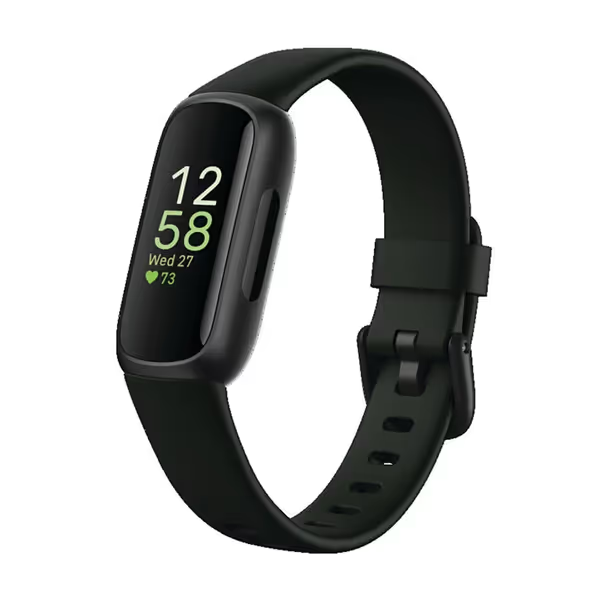
Fitbit Inspire 3 Health & Fitness Tracker
The Fitbit Inspire 3 exemplifies why platform-agnostic thinking matters (its step counter works decently for moderate walkers but relies on separate algorithms for different activities). Without knowing these internal limitations, users might blame themselves when numbers don't match reality.
Beyond Step Counts: The Hidden Costs of Inaccuracy
Mistaken step counts trigger cascading errors across your health metrics. Each 10% step inaccuracy propagates to:
- Calorie estimates (overestimation = frustrated dieters)
- Sleep scoring (extra "steps" during sleep lower quality scores)
- Readiness metrics (inflated activity distorts recovery assessments)
A New York Times investigation of 34 trackers found an average 25% overcount (meaning 10,000 actual steps gets reported as 12,500). One model overcounted by 245%. This isn't just numbers; it's psychological strain when your body disagrees with the device.
Three Checklist-Driven Fixes For Better Accuracy
You don't need to buy new hardware. Try these calibration strategies first:
- Placement Matters More Than Price
- For walking: Wear snugly on non-dominant wrist, 1-2 finger widths above the wrist bone
- For running: Move up the forearm (can reduce stride detection errors by 40%)
- For wheelchair users: Explore chest straps or shoe-based sensors
- Leverage Built-in Calibration Tools (often buried in settings)
- Garmin: "Step Calibration" under System > Settings > Sensors
- Fitbit: "Stride Length" adjustment in app settings
- Apple: Manual calibration via outdoor walk/run in Workout app
- Create Your Own Accuracy Test
"Walk 100 actual counted steps outdoors, then compare to your tracker's count. Repeat 3 times at different speeds. If variance exceeds 5%, your device isn't trustable for precise goals."
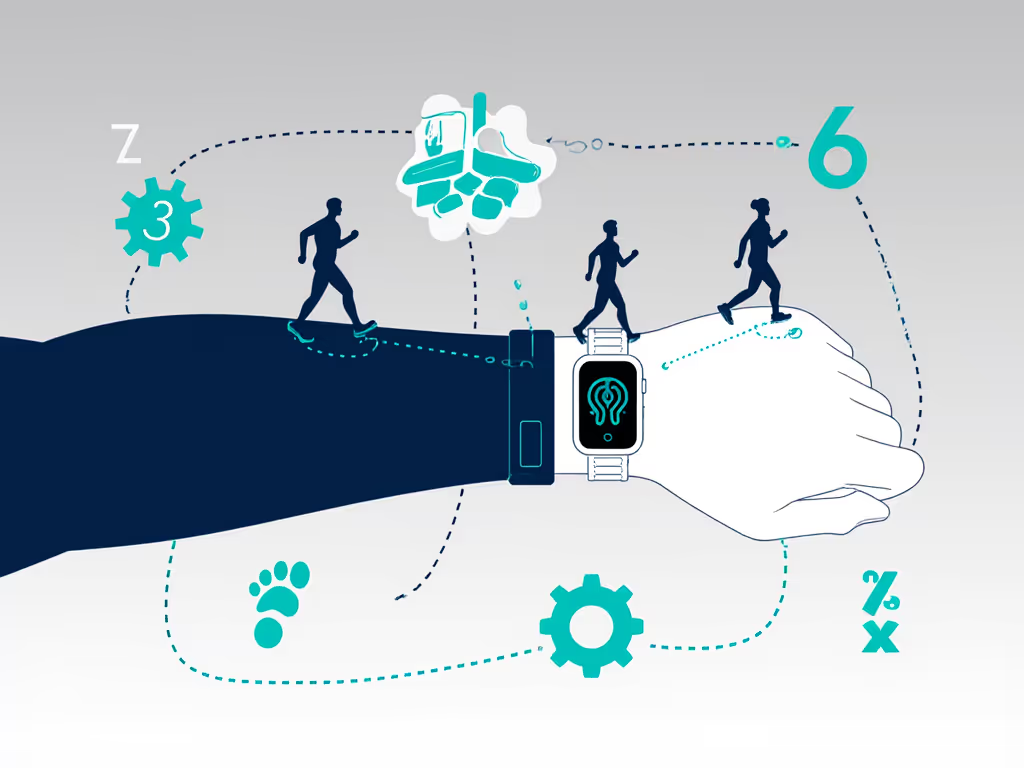
Right-Size Your Tech: The Value Calculation
Here's where my family's experience informs my methodology: We stopped chasing "best" and started calculating outcomes per dollar plus exit costs. We tracked:
- Subscription fees ($10/month × 12 = $120/year)
- Repair costs (screen replacements, band fixes)
- Data export limitations (can you take your history if you switch?)
A $50 basic pedometer that counts steps accurately gives better value than a $300 smartwatch that inflates numbers, but charges for sleep analysis. Your accuracy needs depend entirely on your use case. Competitive runners need different precision than postpartum moms tracking daily mobility.
The truth about smartwatch step counting: accuracy within 10% is achievable for most people, but only when you understand the device's limitations. Chasing 99% accuracy often means switching ecosystems entirely.
Making Smarter Choices Without Regret
Don't fall for the sunk-cost fallacy when your tracker misses steps. Instead, apply these platform-agnostic principles:
- Test before trusting: Validate against physical pedometers for 3 days
- Demand transparency: Brands that publish error margins (like Garmin's public accuracy reports) earn trust
- Build exit paths: Use Google Fit or Apple Health as neutral data hubs
Switching costs matter as much as features on paper. If your current device requires paid subscriptions for basic step validation, or locks your historical data, you're already paying for inaccuracy.
Right-size your tech by matching device capabilities to your actual lifestyle, not marketing promises. For most users, this means prioritizing comfortable, consistent wear over premium materials, and valuing data portability as much as step counting accuracy. When you stop trying to fit yourself to the technology, you'll finally get numbers you can trust, without the premium price tag or brand loyalty baggage.
Related Articles

